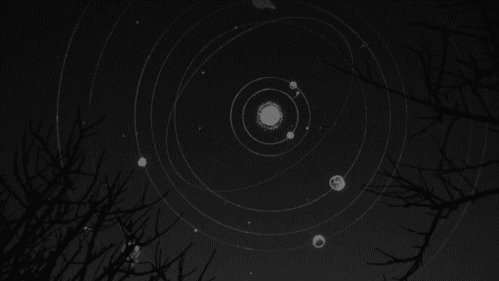New paper on language macro-families, from Austro-Tai to Indo-European-Chukotko-Kamchatkan

A new paper was published three days ago in PNAS by Gerhard J äger on language macro-families, to add to Annemarie Verkerk's list of phylogenetic linguistics papers that have appeared this month . I give here both a couple of encouraging results from the paper (mainly statistical support for the Austro-Tai hypothesis), and a couple of criticisms (mainly of the parsimony-based method of constructing the phylogeny). One of the greatest achievements of linguistics has been the discovery of large language families. Some 583 languages of Europe and India from English to Nepali have been demonstrated to be descendants of a single common language, Proto-Indo-European. A further 1274 languages spread around the Pacific and the Indian Ocean from Madagascar to Hawaii have been shown to be descended from a single language spoken in Taiwan, Proto-Austronesian. The 7-8000 languages of the worl...

